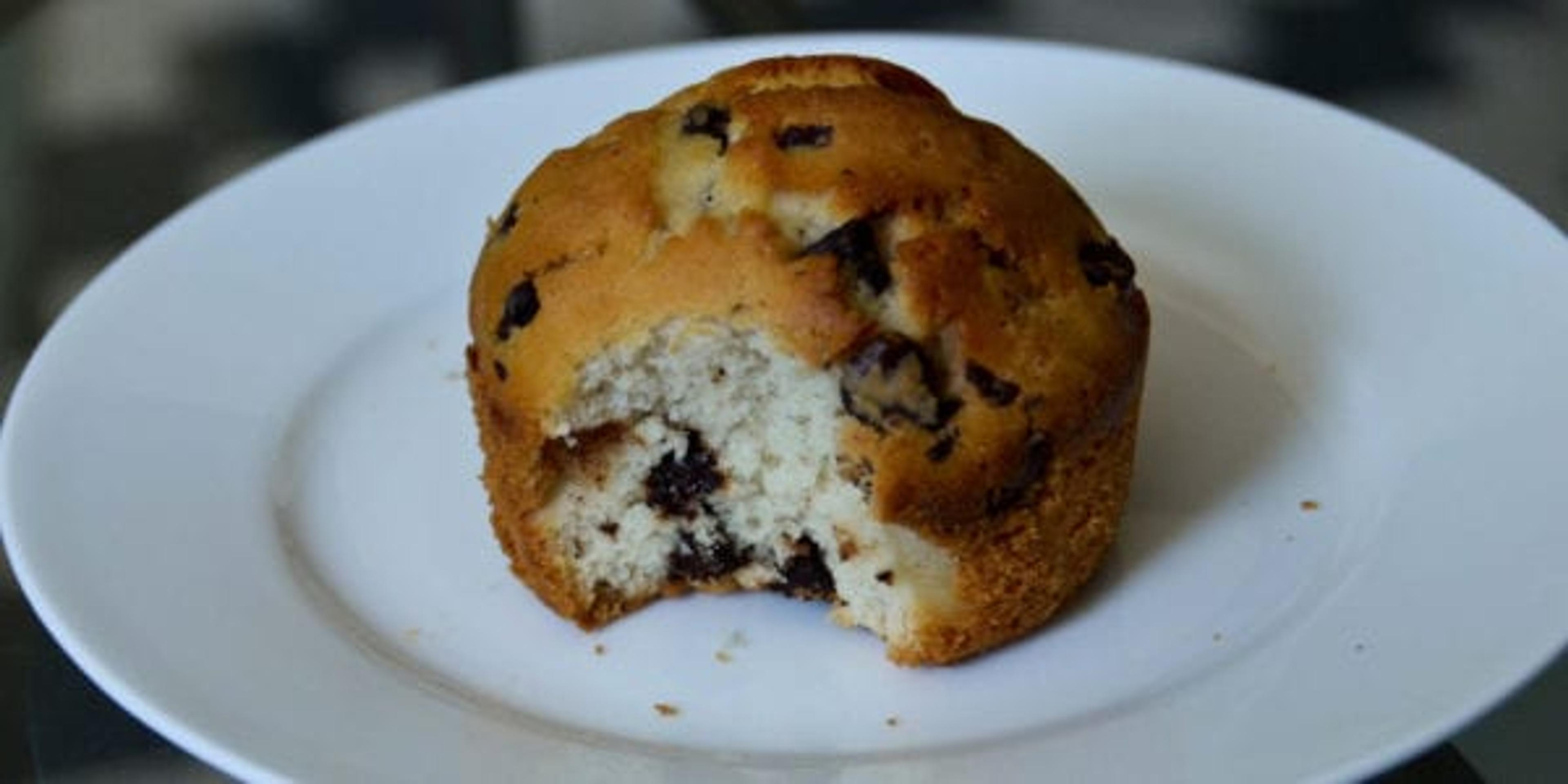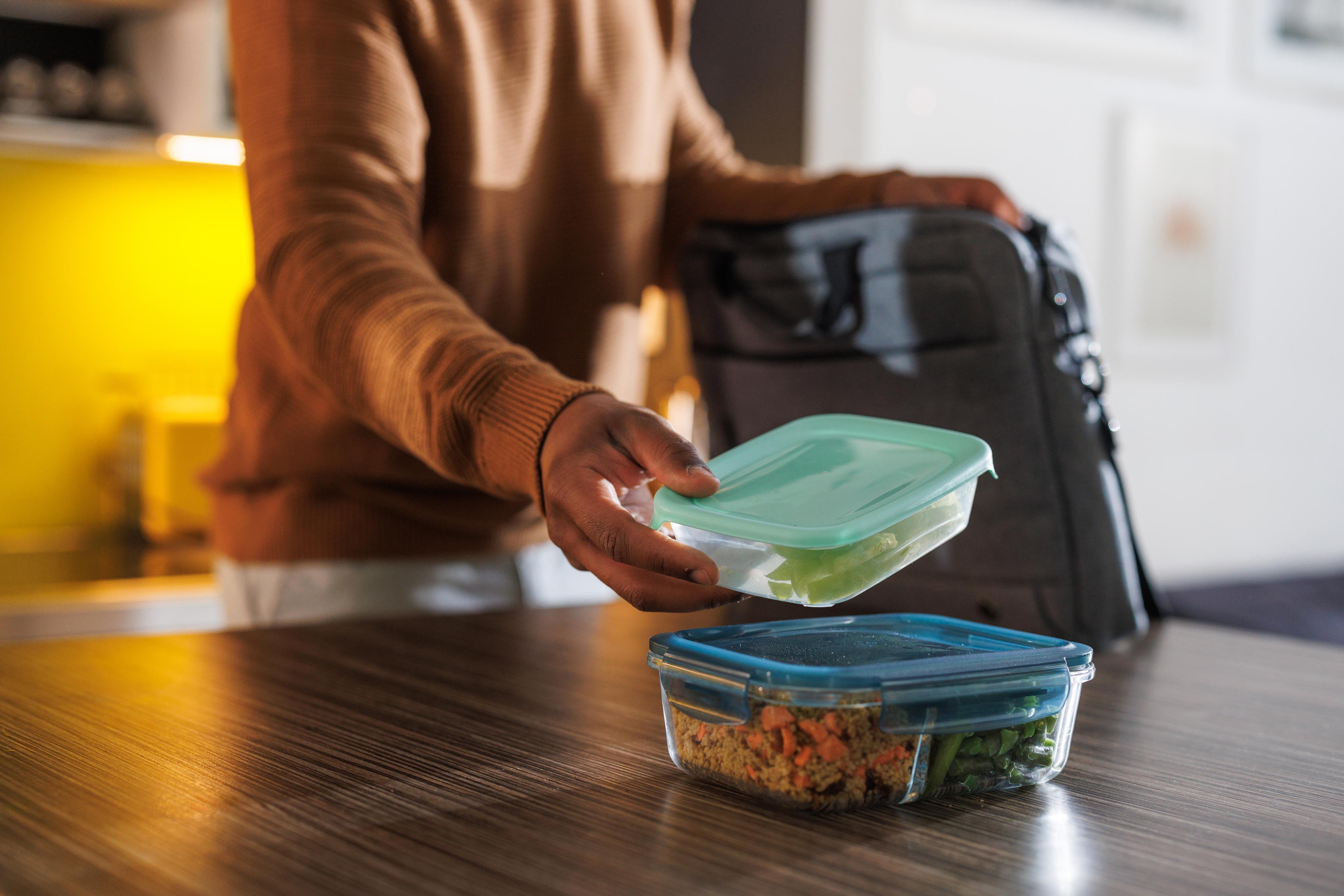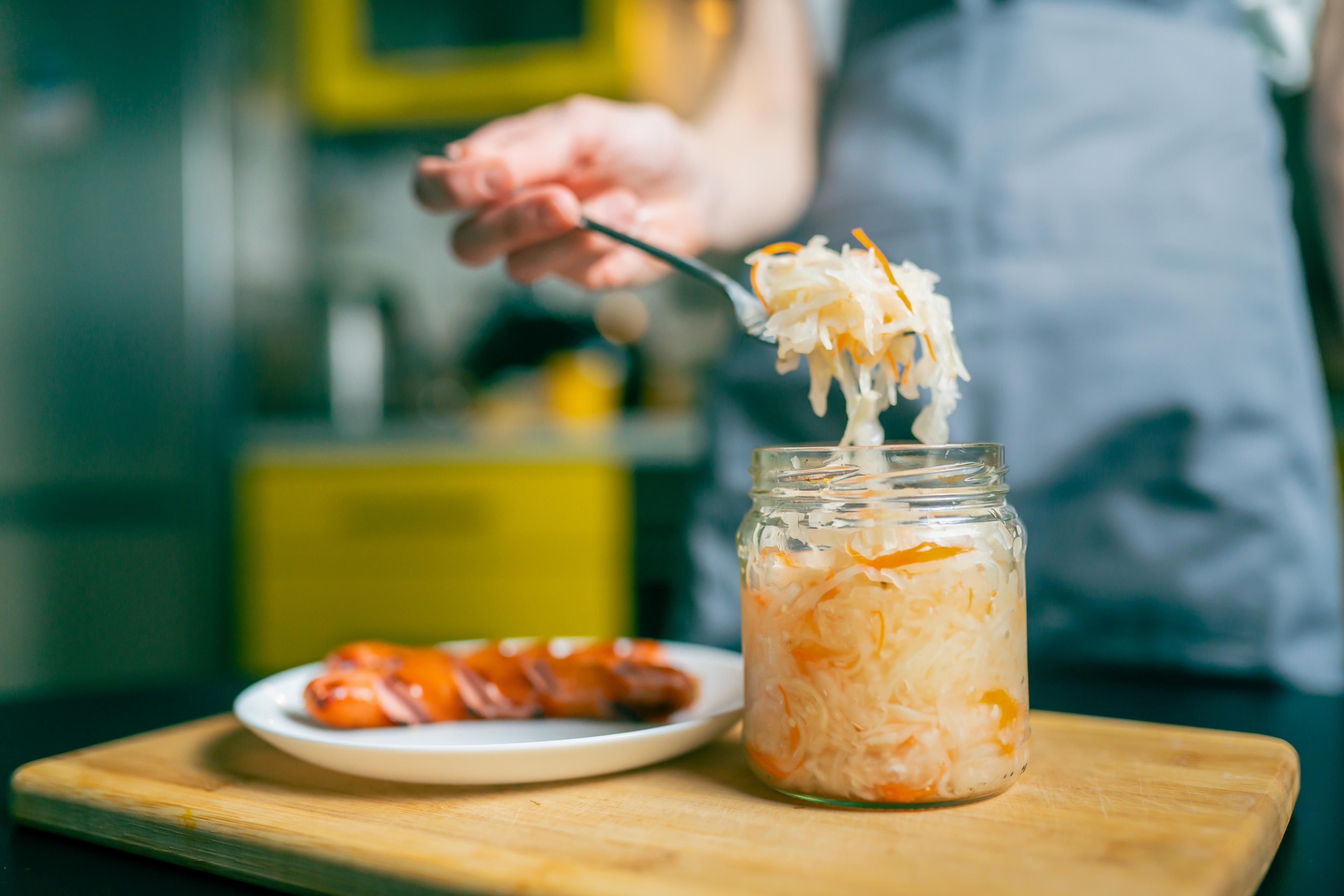I Tracked Every Bite I Ate for 30 Days and This is What Happened

Julie Bitely
| 3 min read

After having my second baby about a year ago, I was feeling pretty good about my physical health, but still had some weight I wanted to lose.
I’d been exercising consistently, alternating between strength training and running several times per week. I couldn’t devote any more hours to the gym or trails, so I wanted to get laser-focused on my eating.
I’ve tracked my food before, but I always tended to “forget” to track my weekends. Who really wants to know how much that Saturday morning bakery treat or second glass of wine at night is derailing their waistline’s progress, right? Apparently, I did.
I committed to writing down every bite, knowing that seeing certain indulgences’ calorie counts might permanently ruin them for me.
Here’s what I learned:
- Real-time tracking worked best. It was much easier to quickly pop open my food-tracking app after every snack and meal I ate (or drank) than it was to try to remember it all at the end of the day. Seeing the calories add up throughout the day also helped me correct course. If breakfast was a bit heavy, I could plan for a lighter lunch or dinner to stay within my personal goals.
- Morning exercise is my jam. On days I worked out first thing, it was a lot easier to stick to healthy foods throughout the day because I didn’t want to “undo” my good start. It also doesn’t hurt that the app I use allows you to input exercise, which basically means I had more calories to play with. Even healthy foods have calories!
- I realized my diet wasn’t as healthy as I thought. Before I consistently tracked, I would have given my diet an A-. After tracking for about a week, I realized I was probably more in B territory (and maybe even C or D land on the weekends). Main culprits dragging me down: cheese, processed snacks, wine, and sweets. Without seeing it all written down, I was underestimating how often I was consuming these comfort foods. I was gradually able to start replacing empty-calorie treats with foods that would still fill me up or satisfy the same craving, but that would actually do some good for my body as well. My nightly wine became herbal tea, cheese and crackers were replaced by an apple with nut butter or veggies and hummus, and I just stopped buying random baked goods at the store altogether.
- My restaurant behavior changed. Tracking meals you make at home is relatively simple. Just account for all the ingredients and enter them in. Eating out is a little bit more difficult. Once I committed to capturing an accurate snapshot of my daily calories, I started to order simple entrees at restaurants. Instead of a complicated pasta dish with who knows what in it, I opted for the grilled chicken breast or steak with a side of veggies. Easy tracking and pretty much guaranteed to be the healthier option.
- I lost six pounds! This is what you really wanted to know, right? By following the calorie recommendation the app gave me when I input my activity level, the weight started to come off. This felt great as I’d been struggling through a plateau period. Can I attribute all of the weight loss to tracking? Not necessarily, as I’m also ramping up my running in preparation for a race, but I do think it played a big role, plus I really feel like I’m fueling my body with healthy foods, which has been great for my training.
Do you track your food intake and exercise? How has it helped you stay on the right path when it comes to health and wellness? Share your tips with us in the comments.
If you liked this post, you might also enjoy:
Photo credit: ih





